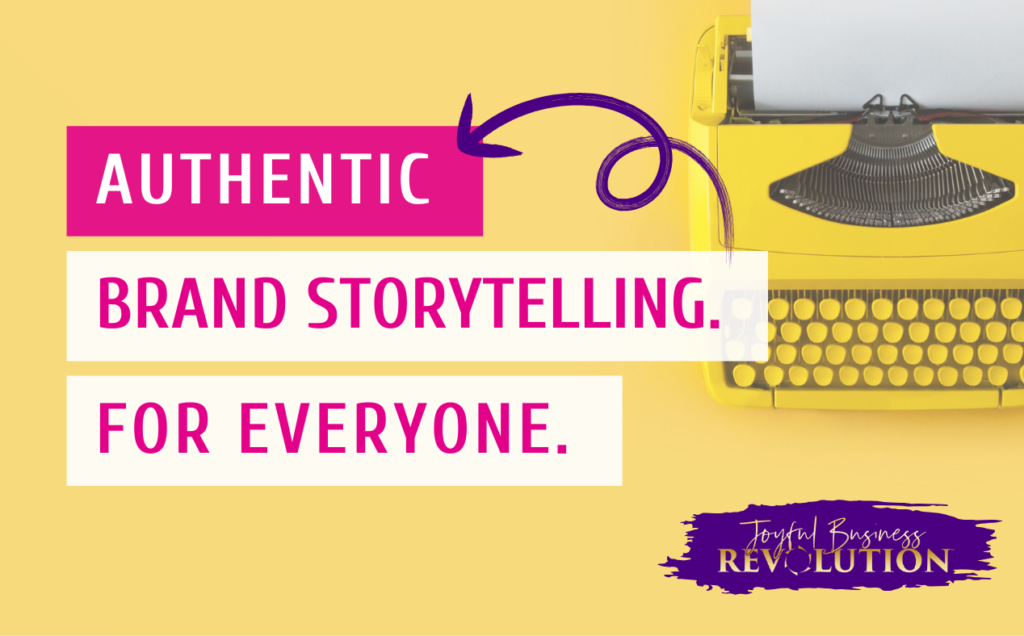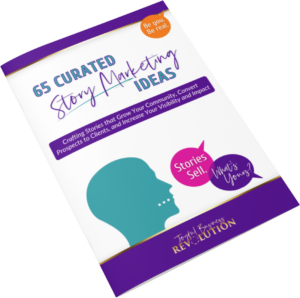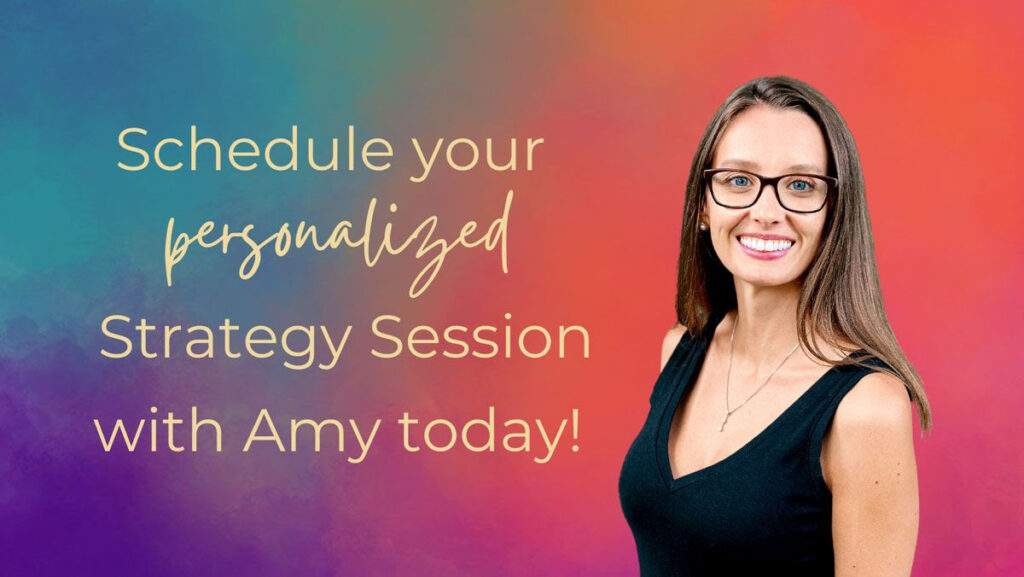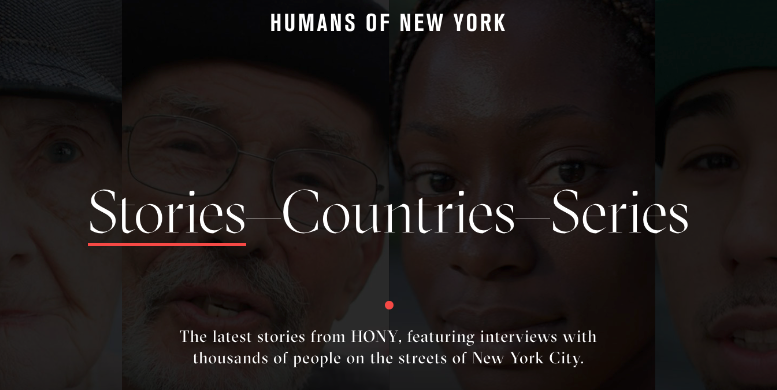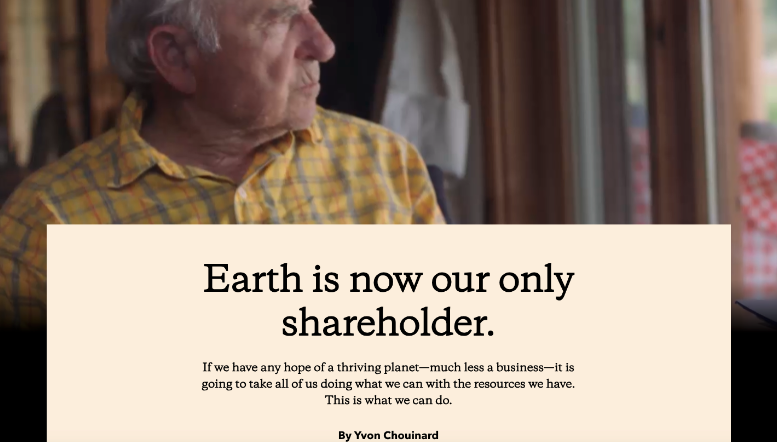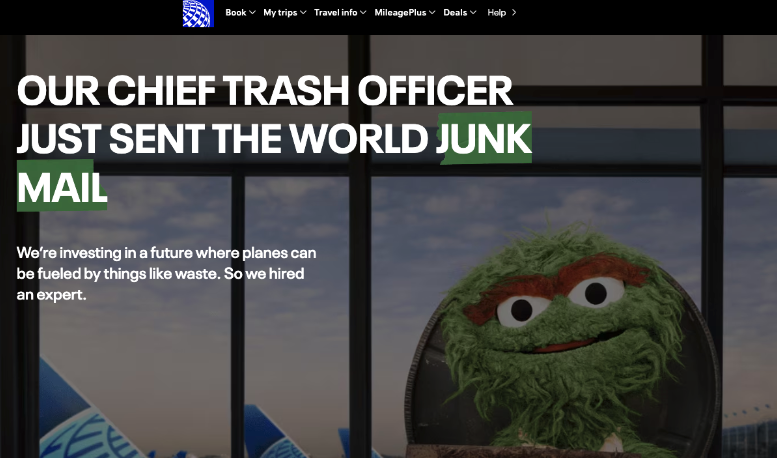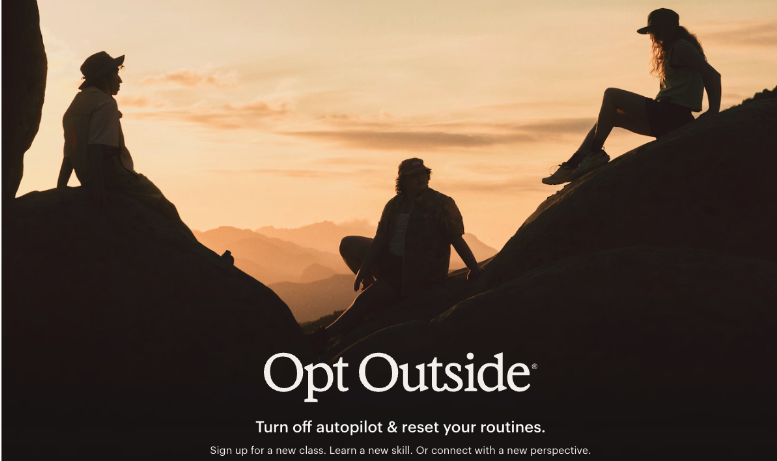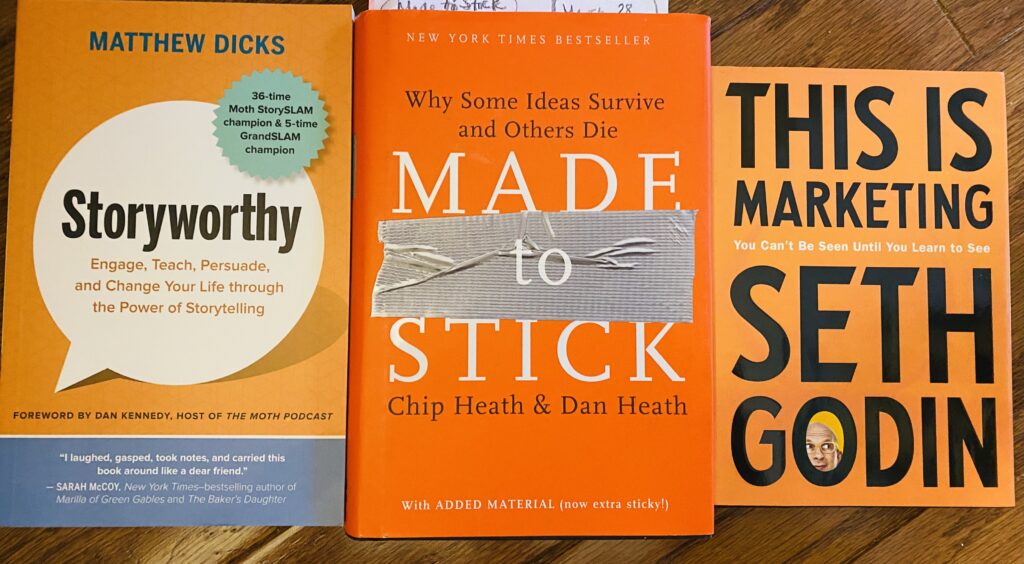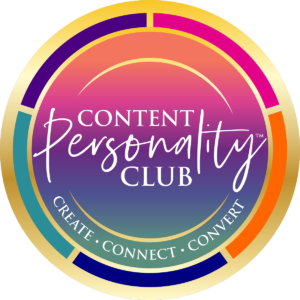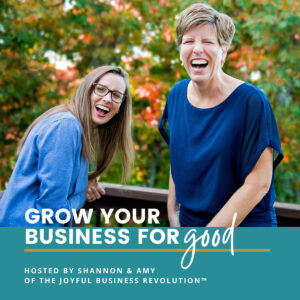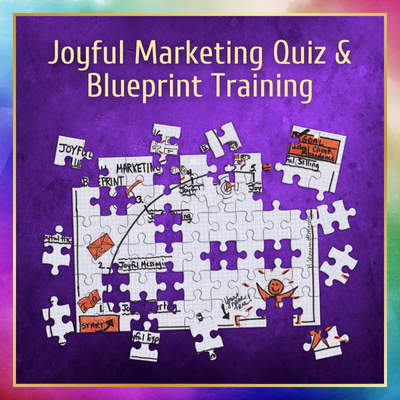A lot of people talk about brand storytelling and even more talk about building a business that’s true to your why. But I wish more people were talking about connecting their authentic why to their brand storytelling.
Over the years, I’ve been involved in many marketing efforts, both for clients and in my own business. And I can tell you heart matters more than the right words.
Don’t get me wrong. The right words absolutely matter, which is why I’ve written this series on brand messaging. (Incidentally, this piece on authentic brand storytelling concludes the series, which began with an article on Messaging Strategy.)
However, when you’re not telling authentic brand stories, it’s painfully obvious to most people that you’re going through the motions or have ulterior motives. And if you’re just going to half-ass something, what’s the point?
On the other hand, when you’re genuinely acting from a place of truthfulness and joy, people can sense it.
And that’s when the sales start to roll in.
If you’re reading along, nodding your head, and thinking all this sounds great, but you wonder what it would look like in your business, you’re in good company.
And you’re in the right place.
I’m going to show you how to actually use authentic brand storytelling in a way that leads to sales instead of just making people feel good. Because as much as you might be in business for many reasons, it’s reasonable to assume you’re also in business to make money.
Because of that, before we go any further, I invite you to download 65 Curated Story Marketing Ideas to help you get started. In addition to story marketing prompts, you’ll also see how to use storytelling and email marketing in your business. Download it here.
Why is Marketing Storytelling Important?
I’ve always been responsible for the marketing and communication in this business. Several years ago, I realized most people who struggle with sales fall into one of these categories:
The first is Selling Without Nurturing. Whether it’s people sliding into your DMs “Hey Hun…” or your email inbox “Dear Sir/Madam.” We’ve all gotten those generic, unwelcome messages pushing us to buy.
While you might get lucky with cold sales, there’s a reason it doesn’t work well. When you go directly for the sale without sharing context or building relationships, people run away instead of buying.
The second is Education Without Sales. Many people fall into this trap because they just want to help. I get it—really, I do. I’ve been there, myself. Here’s the thing: creating and sharing educational content is fantastic, but when you solve people’s problems for free, they don’t need to buy. That’s where marketing storytelling comes in.
Incidentally, after years of teaching without selling, I realized what was happening and developed our Winning Workshop framework to turn our free events into successful conversion opportunities. (Learn how I fill seats to those free events.)
Wondering how to use story to grow your business and fill your events? Set up a call with Amy, and she will help you find the best solution.
What is Story Marketing?
Around the time I identified the biggest problems most coaches and consultants were having with marketing, Humans of New York was taking off—and whether they realized it at the time or not, their approach was brilliant. (If you don’t follow them, run, don’t walk to Facebook, and follow the HONY page.)
They tell stories, one by one or in multiple parts, dripping them out over a day through a blend of photos and interviews. And people LOVE it, going back throughout the day to read the next part of the story.
That’s when I saw an opportunity that most marketers and other business owners weren’t taking advantage of—using story to create an emotion and nurture people.
Whether you call it marketing storytelling or story marketing (as I do), there are lots of ways you can use story—as long as you do it authentically.
- Business Origin Story: You started your business for a reason. When you communicate that reason, you can make your audience feel something and build connections.
- The Customer Spotlight Story: By putting your clients front and center in your business, you can tell stories to share their wins and successes.
- Business Evolution Story: Every entrepreneur finds their sweet spot as they gain more experience, find things that bring them joy, or as their lives change. Stories that communicate this are relatable and engaging.
- The Values-Driven Narrative: When you can stand up for what you believe in with your whole soul, you can stand out as a coach, consultant, or expert.
- Mission-Based Stories: People get behind a cause, so when you tell stories that explain what you’re doing and why, you can rally your audience behind your mission.
- Imagine a Better Future Story: Your audience wants something to change, so when your stories tap into the transformation they genuinely want, you grow connections rooted in a shared dream.
We teach these stories at Joyful Business Revolution™ because they help you connect with your audience, increase trust, and nurture relationships. You can learn how to bring them to life by joining our next story immersion event.
Understanding the Role of Visual Stories
That’s just the tip of the iceberg when it comes to storytelling in your business—whether you tell the story or hire a writer or marketer to support you.
And I can’t tell you how much time I spent as a copywriter searching for free images—especially for blogs—that captured the vibe of what I was writing for clients.
As I went through the Humans of New York epiphanies, I thought, “Why not flip the switch?”
We all have millions of dollars of images sitting right on our phones.
Seriously, just about every photo you take has the power to generate hundreds of thousands of dollars. The key is knowing how to use them in your story marketing to build your community and show up authentically.
Not sure how you show up best or where to direct your energy? Our Content Personality® Quiz is designed to help you understand how to use your natural strengths to create marketing content and maximize your time and energy. Take the quiz here!
Connecting with Your Story
Story is unique to each person. By that, I mean ten people can hear and connect with the same story in ten different ways, because we all have such different experiences and perspectives.
So there’s an art to using stories to connect with people at different levels and stages of the buyer journey. There’s also science and psychology at play, but you don’t need a degree in human sciences to be a good story marketer. In the end, it’s about being memorable.
That’s where Humans of New York excels. Most of their stories are gritty and real, and they make you feel something. That’s every marketer’s dream.
But how do you convert their human interest concept to business and marketing?
Start by exploring how to connect your stories to your business. Remember, not everything has to relate to your business. As a coach or consultant, your audience wants to get to know you more personally.
Some people talk about the 80/20 rule, but my advice is a bit different. To be genuinely authentic, go with what feels right instead of trying to tick a box. And if you notice a shift in sales, do more of what’s leading you to more sales.
Authentic vs. Inauthentic Brand Storytelling
Since Donald Miller’s Building A Storybrand took off, there has been a huge influx of people using storytelling to market their businesses.
Has it all been authentic? Not so much.
Has it all been great? Also no.
Some of the greatest flops come from politicians who tell alternate truths or intentionally misremember or misrepresent what happened. Without naming or shaming, we’ve ALL seen some examples in the last few decades.
Instead of talking about people’s failures, though, I’d prefer to focus on some of my favorite authentic brand storytelling wins from companies in recent years.
Humans of New York
Type of Story: Customer Spotlight
No one tells stories better than Humans of New York. You’ve probably guessed that by how much I’ve referred to them here.
What started as a person with a camera talking with ordinary humans in New York City and sharing snippets of their stories on Facebook has turned into a movement. Brandon Stanton has changed lives, bringing people together through compassion and empathy. He’s helped individuals raise money to support their families, brought awareness to international causes, and even got people off the streets.
What started as a passion project has become a successful brand, resulting in bestselling books, a ton of fantastic press, and an increase in tissue sales because there’s never a dry eye in the house.
Patagonia
Type of Story: Business Origin Story, Business Evolution Story, Values-Driven Narrative
What started as one mountain climber’s mission to create high-quality climbing gear evolved into a brand focused on technical mountaineering clothing and eventually into a beloved international brand committed to saving the planet.
In the mid-1980s, Yvon Chouinard donated 10% of profits to groups working to save habitat and then increased that to 1% of gross sales (regardless of profit).
In 2022, he donated his company to two non-profits, committing to reinvesting a portion of profits into the company and using the rest to fight the planetary crisis.
While a wildly different story from HONY, Chouinard’s environmental causes resonate with Patagonia’s customer base and create fiercely loyal fans.
United
Type of Story: Imagine a Better Future Story
In an industry known for its huge carbon footprint, United Airlines created a memorable campaign featuring their Chief Trash Officer (aka Oscar the Grouch). United’s CTO talked about sustainable aviation fuel (SAF) and a future where planes have significantly lower carbon emissions while hopefully reducing waste on the planet.
You can see United’s email and video here. This message resonates with me as someone who maintains travel as a core value and is also profoundly concerned about the planet.
REI
Type of Story: Mission-Based Story
REI is one of those cult-like brands for all things outdoors. They’ve done a few things extremely well. First, by branding themselves as a co-op with a percentage of purchases in cash back every year, they’ve become a go-to for anyone wanting outdoor and outdoor-adjacent clothing and gear.
However, in 2015, when other retailers pushed Black Friday hours earlier and earlier, eating into family time on a long weekend, REI launched something different. They committed to Opt Outside®, a campaign where they committed to closing on Black Friday to give employees time to spend with their families making memories instead of blatant consumerism and encouraging their customer base to spend the day outside, too.
Now, it’s a movement around the country and within REI’s brand, which focuses on getting people outdoors.
Creating an Authentic Brand Story
First, instead of creating your brand story, I want you to think about how you experience your brand and, more importantly, what you want others to experience.
Before focusing on the specific words or adjectives, think about the feelings you want to evoke or illustrate first and then run through some specific stories that illustrate them. Here are a few things you can try:
- Define what you want to be known for (or your brand pillars).
- Think about how your lived experience contributes to your mission and values and affects your approach.
- Start brainstorming stories you can tell that illustrate these aspects.
From there, choose one of the story types I mentioned above and start brainstorming.
You might also find inspiration in your journal, past social media posts, or the photos on your phone. Once you’ve got a story, start testing it out by sharing it:
- On your website (about page)
- Introduce yourself before a keynote presentation
- Incorporate into your signature speech
- Introduce yourself to prospects via email
- In your bio
- In blog posts
- In social media posts
- To introduce yourself to new partners
- In podcast interviews
- In print interviews
- As part of your company overview
- Networking events
- In online and broadcast interviews
- Investor pitches
- Product marketing materials
Tips for Story Structure
Compelling storytelling depends on your goal.
Need to drive engagement?
Start with something like “I’ve got a story for you…”
Need to get people into your story?
Try to appeal to all five senses as you paint a picture. “Sitting here by the pool in my zebra-striped slides and a fresh-squeezed lemonade, soaking up the fresh ocean breeze.” (And include photos where you can!)
Want to motivate your audience?
Appeal to their emotions by tapping into yours and aligning the story to what matters to your audience.
Want to learn more about what makes a great story?
Storytelling is my thing; I love teaching clients how to incorporate it into their businesses. If you want to go even deeper into the brand storytelling principles, here are a few of my favorite books:
- Storyworthy by Matthew Dicks
- Made to Stick by Chip Heath & Dan Heath
- This is Marketing by Seth Godin
That said, if you don’t want to read these, aren’t sure if they’re the best next step for you, or think they’ll just be a BD (a big distraction), then I recommend focusing on taking action.
After all, thinking about your stories won’t drive sales. Actually sharing your authentic brand story will.
Need some accountability and a jumping off point? Amy and I created the Content Personality® Club to help business owners like you find joy in creating and sharing authentic stories with your email audience. Get the details here.
Frequently Asked Questions About Brand Storytelling
Q. Should I change how I tell my brand story to different audiences/target markets/buyer personas?
Absolutely! Context is everything. If you’re communicating your story to a warm audience who already knows (and loves) you, then the way you launch into your story is going to be different than if you’re speaking to a brand new audience for the first time. To that end, each buyer persona or target market has different motivations, concerns, and pain points. Make sure to adjust your approach to nurture those connections.
Q. Practically speaking, what form should my brand story take? Are we literally talking about a 200-word piece of prose?
While you’re probably looking for a specific answer, the truth is that it depends. How are you going to use it? On social media or in an email, sure. 100-200 words can be great. In a brand story (like Patagonia’s above), it could be considerably longer. If you’re speaking at an event, bullet points are a great idea so you’re not reading a speech word for word robotically.
Q. Where should I post my brand story on my website?
It depends on your site and your story, but the About page is a great place to start, especially as a coach, consultant, or expert. That said, each of the examples I shared above has specific pages about their story.
Would you like to dive deeper into your messaging–and learn how to use it to attract and nurture your audience?
Be sure to tune into our podcast to get our hot takes on messaging, email marketing, and other topics related to creating a business that brings you joy.
Want to learn more about our take on messaging strategy? Check out our messaging series here.
Here’s a complete list of what we’re covering:
- Messaging Strategy Demystified (For Coaches, Consultants & Experts Like You)
- Using Brand Messaging Pillars to Guide Your Content
- A Masterclass in Messaging & Positioning for Coaches & Consultants
- Unique Value Proposition (UVP) versus Unique Selling Proposition (USP)
- 197 Brand Adjectives to Describe Your Brand [Sorted by Category]
- Authentic Brand Storytelling. For Everyone.

